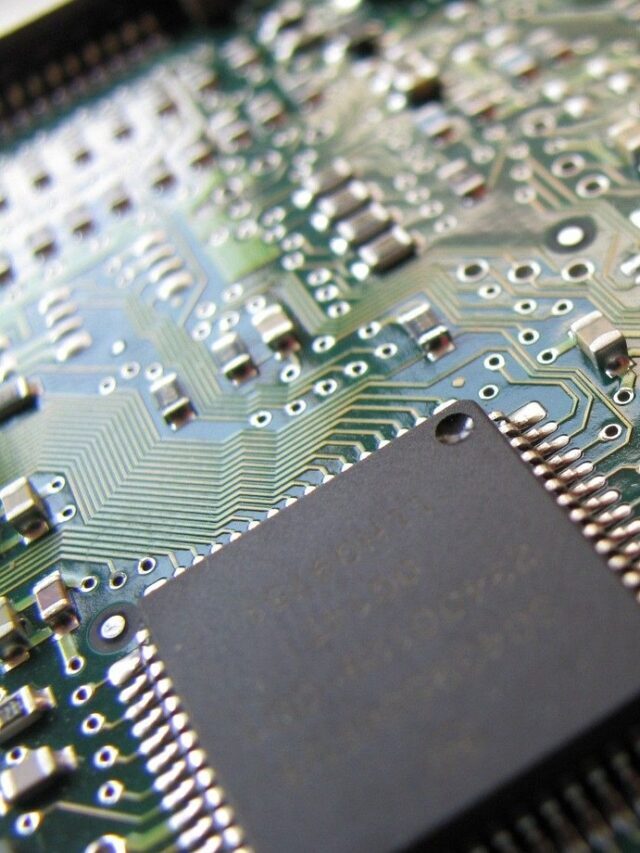Post Views: 186
Welcome to VKY Academy
Vision
The “VKY Academy” will become a world leader in the integration of teaching,learning, integration of the knowledge base through good education for the betterment of society . We will reach to each and every aspirants worldwide to make them educate and skilled so that they can create much better earth.
Mission
The mission of the “VKY Academy” is to deepen and extend knowledge is always towards the formation and creation of human being with good knowledge for the betterment of the society.




